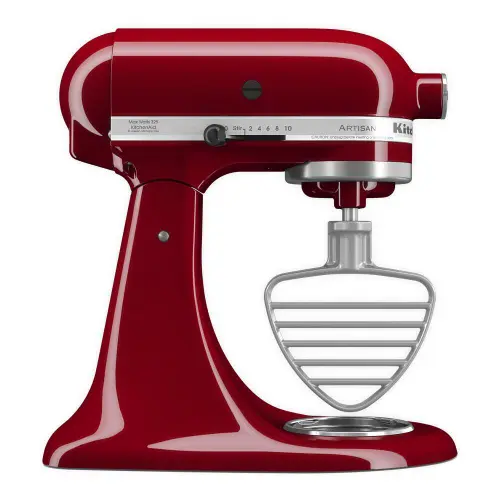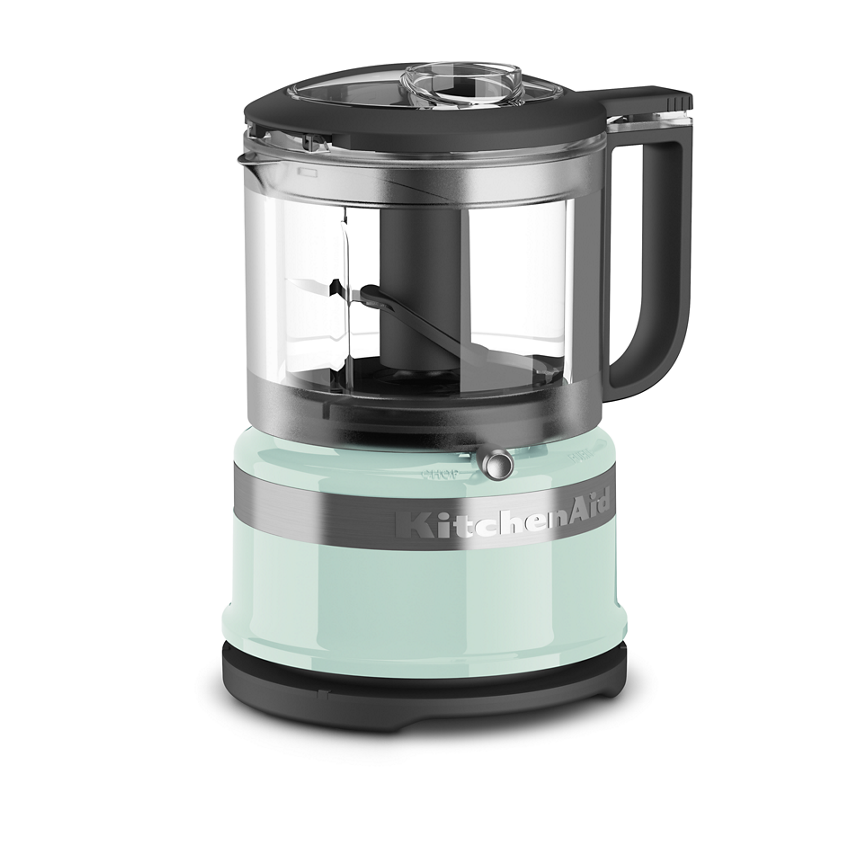
Introduction
When it comes to baking, having the right tools can make all the difference in achieving the desired results. A pastry blender is a commonly used tool in pastry-making and baking, but is it truly necessary? In this guide, we will delve into the benefits and uses of a pastry blender, exploring its purpose in dough preparation, alternative methods, and considerations to help you determine whether a pastry blender is essential for your baking endeavors.

Is a pastry blender necessary?
I. Understanding the Purpose of a Pastry Blender
-
Cutting Fat into Flour:
- The primary purpose of a pastry blender is to cut cold fat, such as butter or shortening, into flour. This process creates a crumbly texture and distributes the fat evenly throughout the flour, resulting in a tender and flaky dough or pastry crust.
-
Creating a Consistent Texture:
- The unique design of a pastry blender, with its stainless steel blades or wires, allows for efficient cutting and blending of the fat into the flour. It helps create a consistent texture without overworking the dough, which can lead to toughness.

II. Benefits of Using a Pastry Blender
-
Easy Mixing and Blending:
- A pastry blender simplifies the process of cutting fat into flour, making it faster and more efficient compared to using alternative methods like rubbing the fat with your fingers or a fork. The blades or wires of the pastry blender effectively break the fat into small pieces, resulting in a better incorporation into the flour.
-
Maintaining Consistent Temperature:
- When working with delicate ingredients like butter, maintaining a consistent temperature is crucial. Using a pastry blender ensures that the ingredients remain cold and don’t melt or soften excessively during the blending process. This is especially important for achieving flaky pastries and biscuits.
-
Achieving Desired Texture:
- The unique action of a pastry blender cuts the fat into the flour, resulting in the formation of small, evenly distributed fat particles. This helps create a desirable texture, contributing to the tenderness and flakiness of baked goods.
III. Alternative Methods of Cutting Fat into Flour
-
Rubbing Method:
- One alternative to using a pastry blender is the rubbing method, where the fat is rubbed into the flour using the fingertips or palms. While this method can achieve the desired results, it may require more time and effort compared to using a pastry blender. Additionally, the heat from the hands can cause the fat to melt, potentially affecting the texture of the dough.
-
Fork Method:
- Another alternative is using a fork to cut the fat into the flour. This involves repeatedly pressing the fork down into the fat and flour mixture until it reaches the desired texture. While this method can be effective, it may also take longer and require more effort compared to using a pastry blender.

IV. Considerations for Using a Pastry Blender
-
Types of Baked Goods:
- The necessity of a pastry blender can vary depending on the types of baked goods you typically make. Recipes that call for buttery or flaky textures, such as pie crusts, scones, or biscuits, often benefit from a pastry blender. However, for recipes like cakes or muffins where a tender crumb is desired, alternative methods may be sufficient.
-
Personal Preference and Efficiency:
- Consider your personal preference and baking style. If you find using a pastry blender to be efficient, enjoyable, and effective in achieving the desired results, it may be worth using one even if an alternative method could suffice.
-
Availability of Other Tools:
- If a pastry blender is not readily available in your kitchen, you can consider using alternative tools. A food processor or a stand mixer with a paddle attachment can also be used to cut fat into flour, although they may require extra caution to avoid overmixing the dough.
V. Tips for Using a Pastry Blender
-
Keep Ingredients Cold:
- To ensure successful blending, it is important to work with cold ingredients. Chill the fat and flour before cutting them together to maintain the desired texture and prevent the fat from melting prematurely.
-
Avoid Overworking the Dough:
- One of the advantages of using a pastry blender is its ability to cut the fat into the flour efficiently without overworking the dough. Be cautious not to overblend or mix the dough excessively, as this can result in toughness instead of the desired tenderness.
-
Clean and Dry Pastry Blender:
- After each use, thoroughly clean and dry the pastry blender to prevent residual dough or fat from accumulating on the blades or wires. This will help prolong its lifespan and ensure its effectiveness for future baking projects.

VII. Maintenance and Storage of a Pastry Blender
-
Proper Cleaning:
- After each use, wash the pastry blender with warm, soapy water to remove any residue. Pay attention to the areas between the blades or wires where dough or fat may have lodged. Use a brush or toothpick to dislodge any stubborn debris.
-
Drying:
- Thoroughly dry the pastry blender before storing it to prevent the formation of rust. You can air dry it or use a towel to remove excess moisture.
-
Storing:
- Find a suitable storage space in your kitchen to keep the pastry blender readily accessible. Consider using a utensil holder, hanging hooks, or a designated drawer to keep it organized and protected from damage.
-
Longevity:
- With proper care and maintenance, a pastry blender can last for many years. Avoid excessive force or bending the blades or wires, as this can weaken or damage them. If you notice signs of wear or the blades become loose, it may be time to replace the pastry blender.
VIII. Final Considerations
-
Versatility:
- While a pastry blender is commonly associated with cutting fat into flour, it can also be useful for other tasks in the kitchen. It can be used to mash fruits for baby food, chop hard-boiled eggs for egg salad, or mix crumbly toppings for desserts.
-
Personal Baking Style:
- Each baker has their own preferences and techniques. Some may find using a pastry blender to be an essential tool, while others may prefer using alternative methods for specific recipes. Experiment with different blending methods to determine what works best for you and the desired outcome of your baked goods.
-
Cost and Accessibility:
- Consider your budget and the availability of a pastry blender. While it can be a relatively inexpensive tool, it may not be a priority purchase if you rarely make recipes that require cutting fat into flour. In such cases, alternative methods can adequately meet your needs.

VI. Conclusion
While a pastry blender is a versatile and convenient tool for cutting fat into flour, its necessity can depend on various factors. Consider the specific baked goods you frequently prepare and your personal baking preferences when deciding whether a pastry blender is essential. If you value efficiency, ease of use, and achieving a consistent texture in your dough and pastry crusts, a pastry blender can be a valuable addition to your kitchen arsenal.
However, it is important to note that alternative methods, such as rubbing the fat into the flour with your fingertips or using a fork, can also achieve acceptable results in many cases. With proper techniques and considerations, you can achieve desired textures and flavors without a pastry blender. Assess your baking needs, available tools, and preferences to make an informed decision about whether a pastry blender is necessary for your baking endeavors.